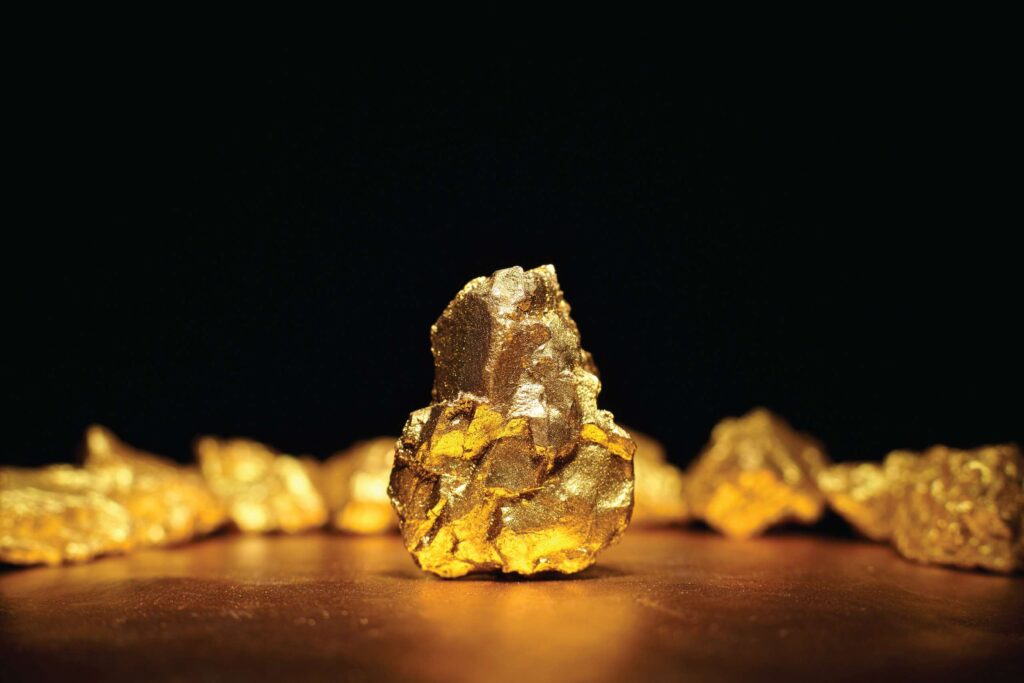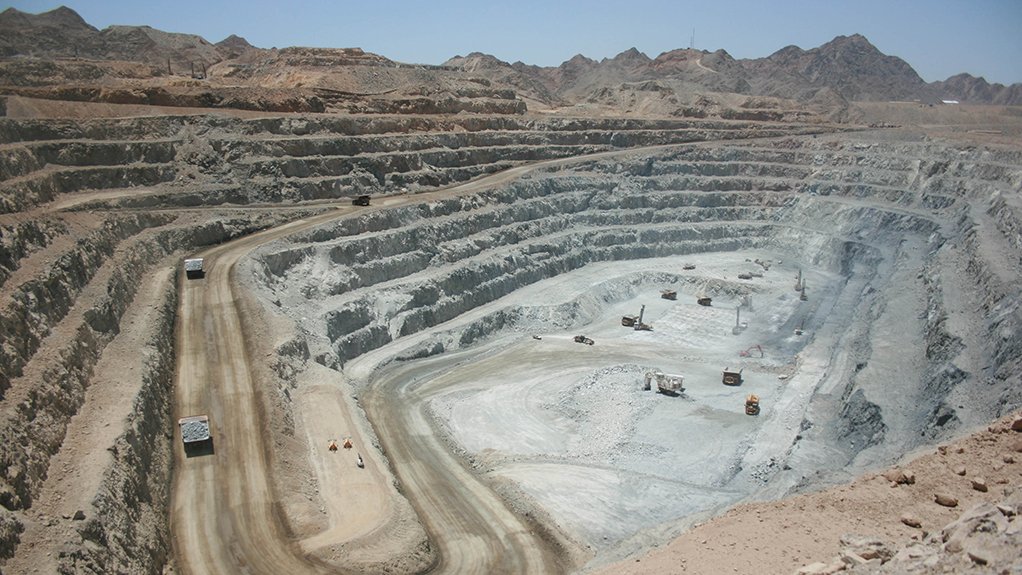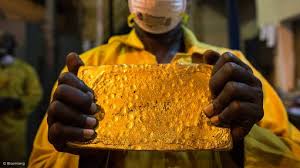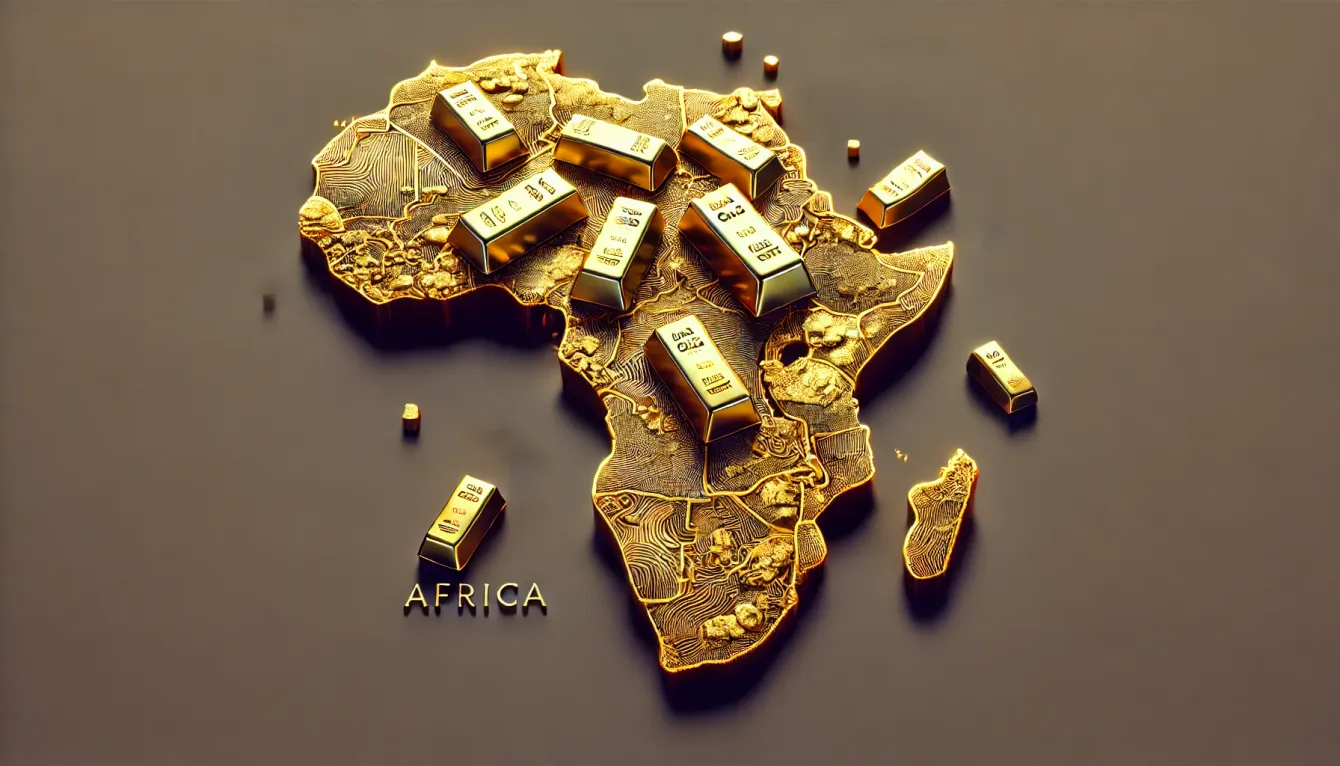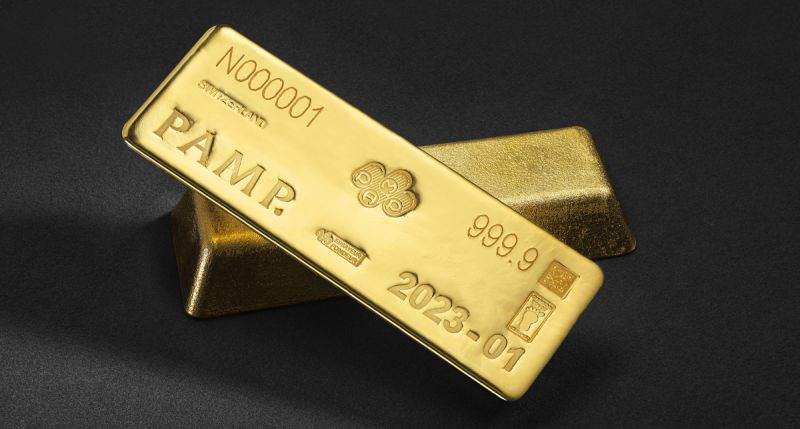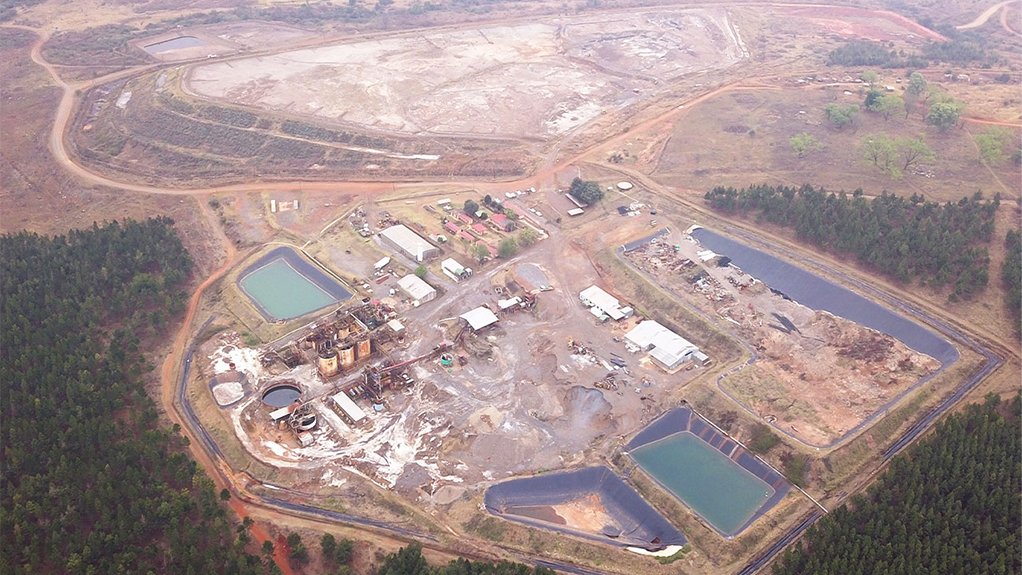Precious Metals

Gold prices rise 27 percent this year, but is the rally over?
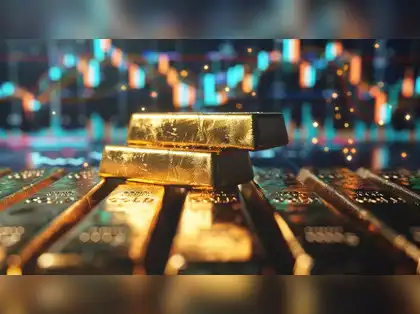
President Donald Trump continues to hold considerable influence over global markets, including commodities. Last month, attention centered on intense trade negotiations ahead of the self-imposed August 1 deadline.
While a framework deal was reached between the U.S. and EU, and talks with China continued ahead of the mid-August expiry of a 90-day tariff truce, other U.S. trading partners struggled to secure agreements.
In light of these developments, U.S. equities extended their rally, while precious metals spent July consolidating their first-half gains, said Saxo Bank in a recent analysis.
Gold has traded sideways for four months, allowing silver and platinum to catch up. With year-to-date gains near 27 percent for gold and silver prices and nearly 50 percent for platinum, investors are naturally asking: Is the rally over?
Gold continues to trade in narrow range
In July, the S&P 500 and Nasdaq both hit record highs, supported by surprisingly strong U.S. economic data. That strength delayed rate cut expectations, lifted Treasury yields and gave the dollar a modest boost after months of weakness.
In commodities, silver and platinum extended their rallies, regaining some ground compared to gold prices, which continues to trade in a narrow range after hitting a record high of $3,500 in April. Platinum briefly reached a year-to-date gain of 61 percent, while silver came close to $40—its highest since 2011, though still below the all-time peak of $50.
“Also supporting silver and platinum early in the month was a surge in High-Grade copper prices in New York, which hit a record $5.8955/lb on July 8. This followed President Trump’s surprise suggestion of a 50 percent tariff on copper imports—double what markets had priced in. The remark drove the premium over LME copper in London to a record 34 percent, sparking a rush to ship copper into the U.S. ahead of the deadline,” said Ole Hansen, head of commodity strategy, Saxo Bank.
That trade unraveled last week when Trump, in a sudden reversal, announced that refined copper—traded on futures exchanges—would be excluded from the tariff until at least January 2027.
Lower U.S. interest rates could reignite demand
After a stellar first half, investment metals like silver and gold entered a consolidation phase in July, with some volatility triggered by copper’s sharp moves.
But is the rally over? Hansen says, “We don’t believe so.”
He notes that recent data weakness in the U.S. has reopened the door for Fed rate cuts. Friday’s dismal jobs report, including sharp downward revisions to prior months, has led markets to almost fully price in a cut at the next FOMC meeting on September 17, with more expected into 2026. The effective Fed funds rate is now seen 125 basis points lower by next September.
“The key drivers that have propelled metals higher in recent years remain intact, and additional tailwinds could emerge in the second half,” he added. Most notably, the mentioned prospect of lower U.S. interest rates could reignite demand, especially for metal-backed ETFs, by reducing the opportunity cost of holding non-yielding assets like precious metals, compared to short-dated government bonds.
Central bank buying persists
“To understand gold’s enduring appeal—and by extension, that of silver and platinum—it’s important to recognise what sets these metals apart. Precious metals are politically neutral, unlike sovereign bonds or fiat currencies,” he added.
They are universally recognized as a store of value, not tied to the creditworthiness of any nation, which is why central banks are increasingly allocating to gold as a core reserve asset.
Gold demand reached 1,249 tons in the second quarter of 2025, a 3 percent increase year-on-year amid a high price environment. Strong gold investment flows largely fuelled quarterly growth, as an increasingly unpredictable geopolitical environment and price momentum sustained demand, according to the World Gold Council’s Q2 2025 Gold Demand Trends report.
The report revealed that central banks continued to buy gold, albeit at a slower pace, adding 166 tons in Q2 2025. Despite this deceleration, central bank buying remains at significantly elevated levels due to ongoing economic and geopolitical uncertainty.
For its part, the World Gold Council said the macroeconomic environment remains highly unpredictable, which may underpin further gains for gold prices. Any material deterioration in global economic or geopolitical conditions could further amplify gold’s safe-haven appeal, potentially pushing prices higher.




